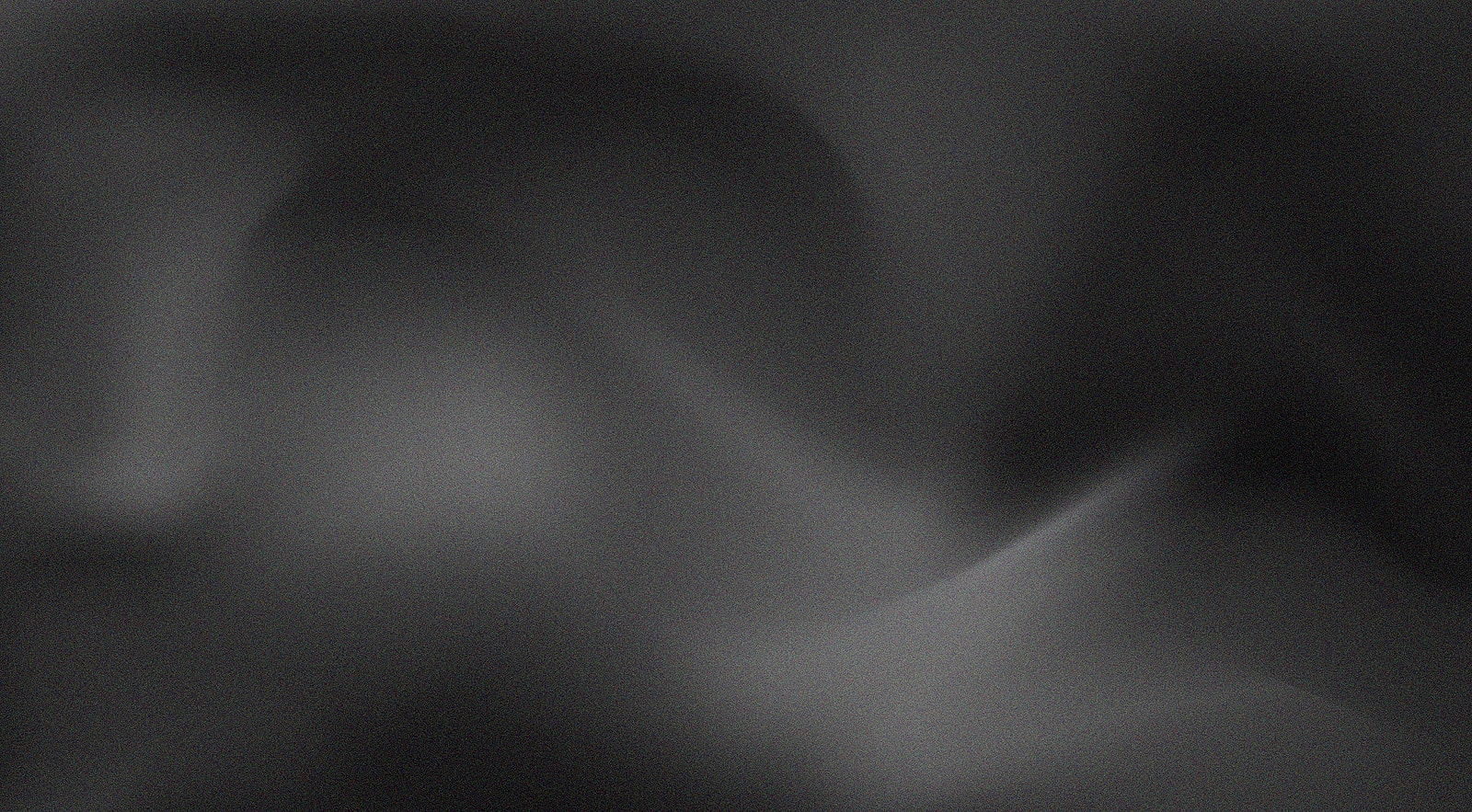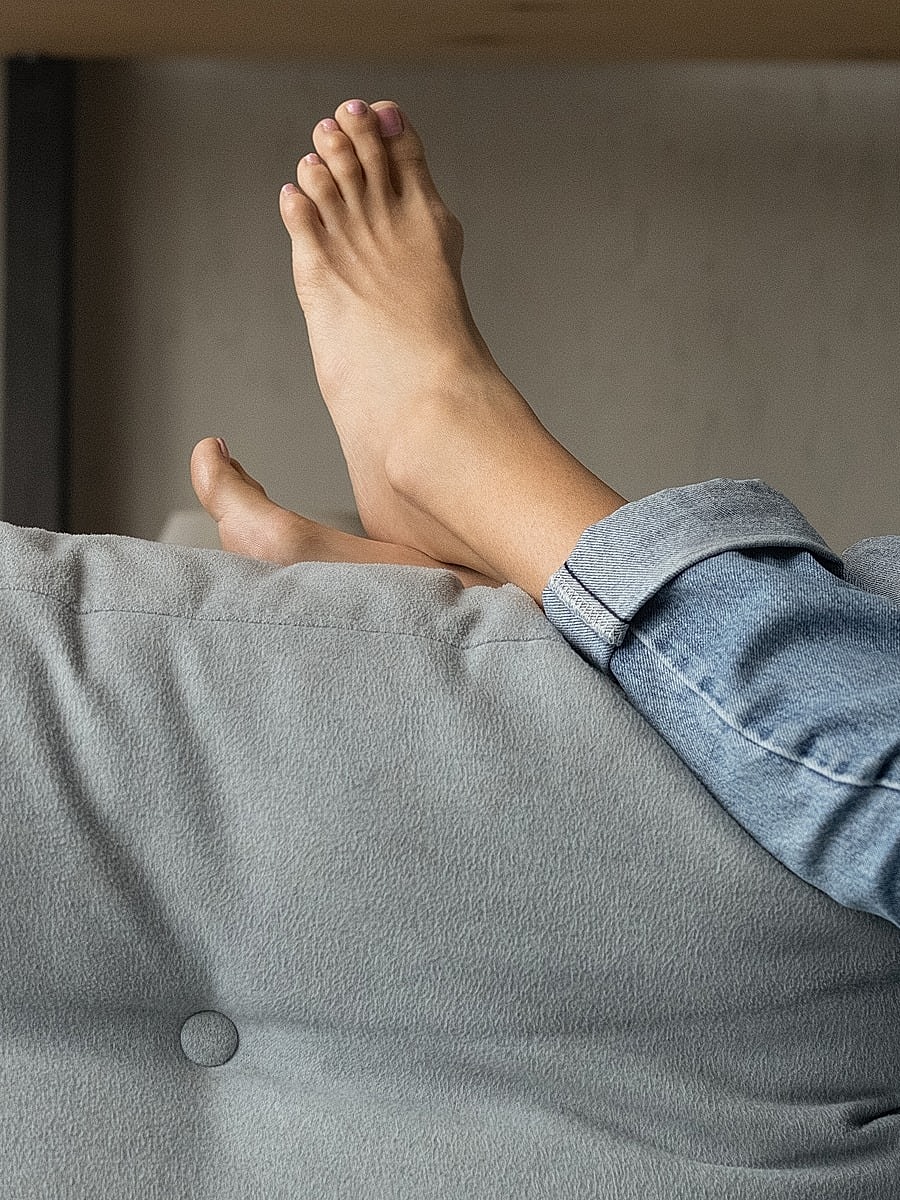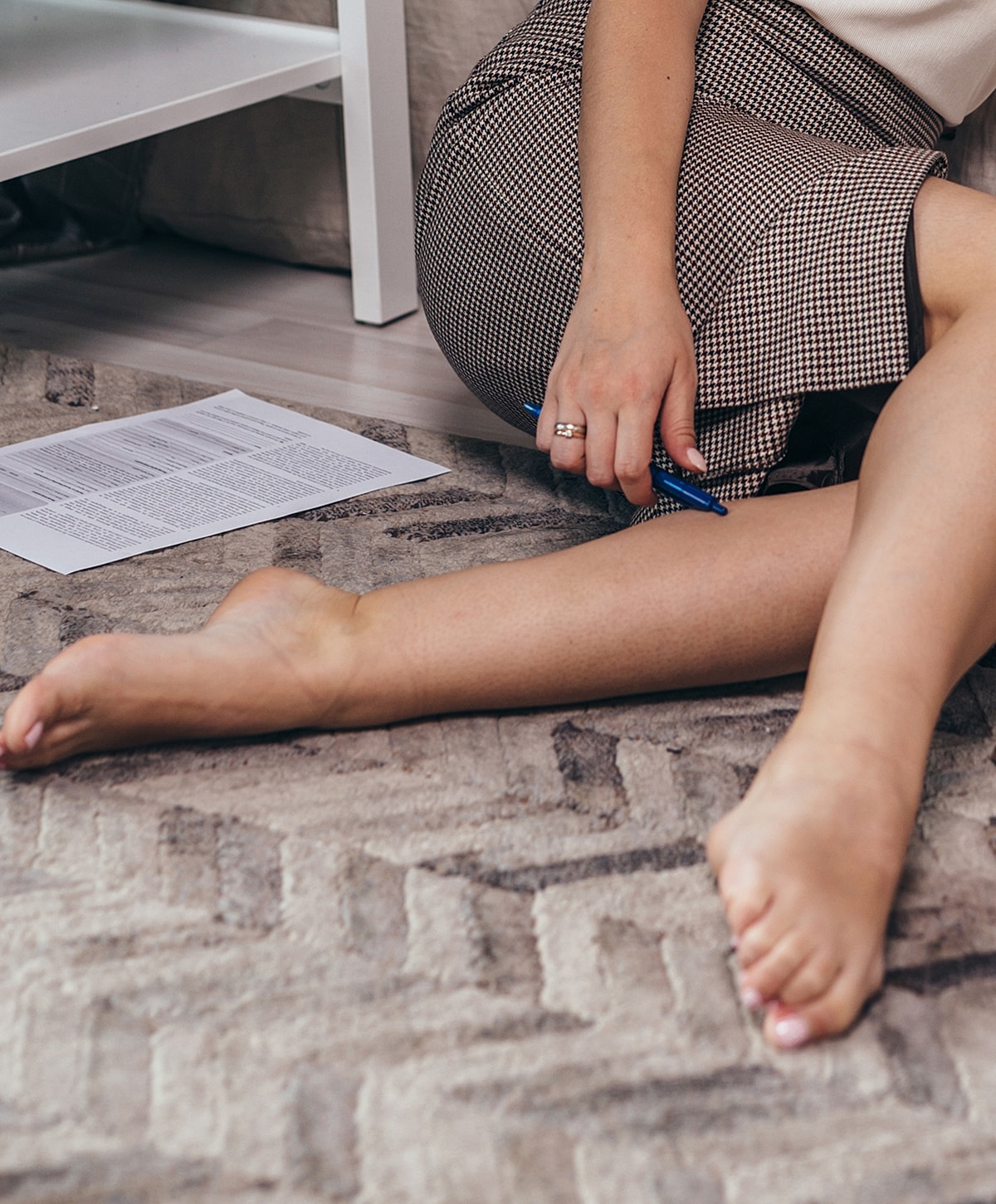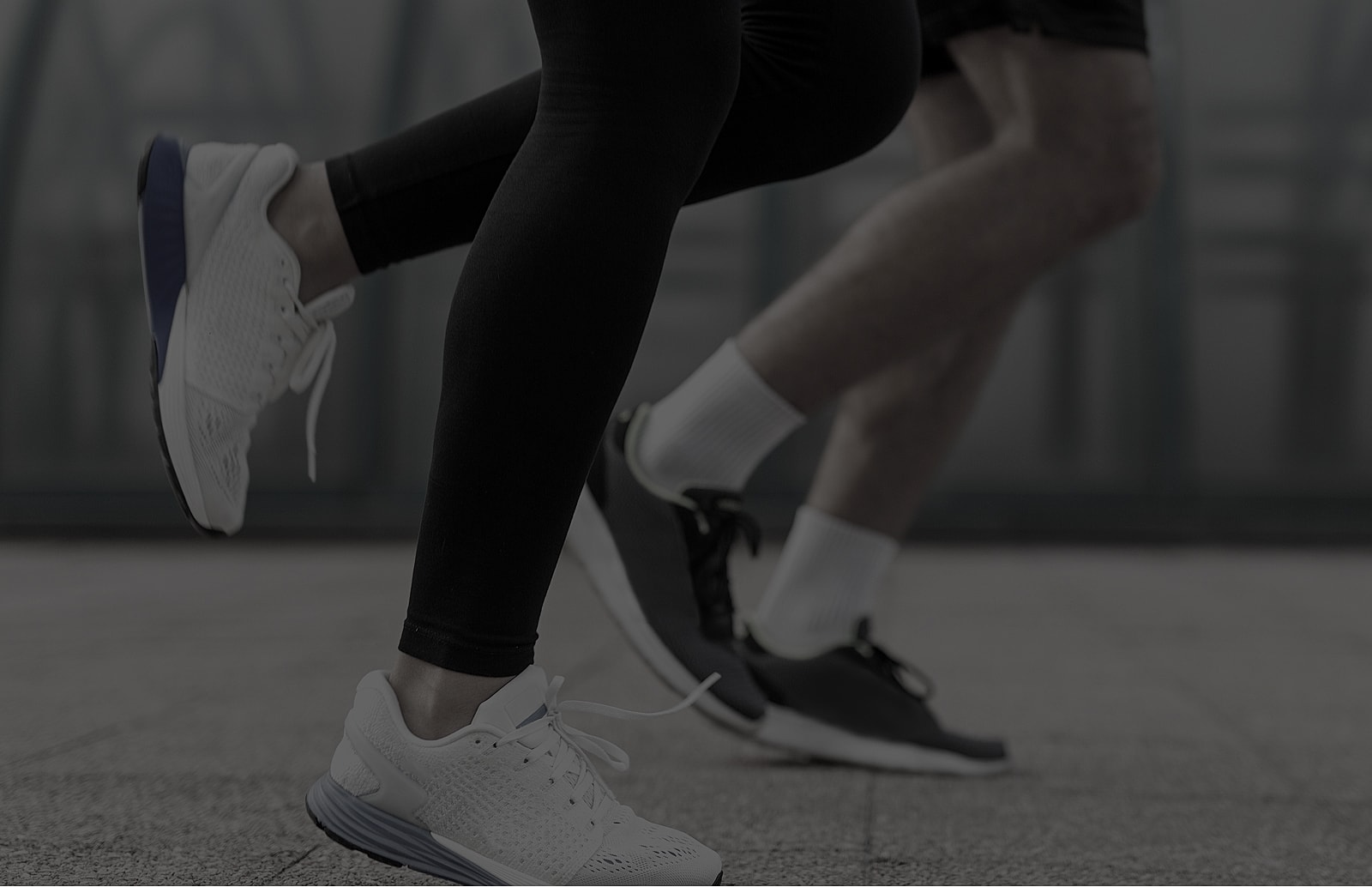
Plantar Warts



If you've dealt with plantar warts, you know that they're more than just a cosmetic nuisance. They can cause pain, disrupt daily activities, and spread if left untreated. These rough growths on the bottom of the foot are caused by certain strains of the human papillomavirus (HPV), which can enter through tiny cuts or abrasions in the skin. At New Orleans Podiatry, we provide precise and effective plantar wart removal for children and adults, with advanced in-office procedures like surgical removal and hyfrecation to target wart tissue at its root.
Dr. Edward Lang’s experience ensures a comfortable treatment for long-lasting relief, even for warts that haven’t responded to conservative treatments like salicylic acid or liquid nitrogen. With same-day appointments available Dr. Lang and our attentive, patient-focused team, provide precision care to restore your daily comfort.
Removes persistent plantar warts that do not respond to over the counter treatments or other treatment options.
Surgical wart removal or hyfrecation (electric needle electrosurgery).
Most patients resume normal activities within 24 hours, with mild restrictions to protect the surgical site.
Immediate removal of wart tissue, with continued skin healing over several weeks.
Plantar warts are lesions that develop on the plantar surface (soles) of the feet, caused by infection with the human papillomavirus (HPV). The virus enters the skin through small cuts, abrasions, or areas of weakened integrity.
Although plantar warts can affect individuals of any age, adolescents are particularly susceptible, likely due to increased exposure to communal environments such as locker rooms, swimming pools, and gym floors, where the virus commonly spreads. However, children and adults are also at risk, especially those who frequently walk barefoot in public areas or have compromised skin barriers.

Plantar warts most often develop in weight-bearing areas on the soles of the feet, such as the heels or balls of the feet. These spots experience frequent pressure, which can cause the warts to grow inward beneath thickened skin.

When a plantar wart shows up, most people start with over-the-counter treatments like salicylic acid, duct tape therapy, or liquid nitrogen kits. These remedies can be effective for small or new warts but often require weeks or months of consistent use. If the wart is painful, spreading, or persisting after several weeks of treatment, it may be time to seek professional treatment from a doctor. People with a weakened immune system or health conditions like diabetes have a harder time fighting the HPV virus and require care from a trained podiatrist.
Dr. Lang will carefully assess the wart and learn about any treatments you have already tried to determine the best course of action. Depending on your needs, treatment options include:
A minor in-office procedure using local anesthetic to excise the wart when other treatments are ineffective.
A precise high-frequency energy treatment used to burn away the wart and its root structure.
Before proceeding with more invasive treatments, the duct tape method may be recommended under podiatric supervision:
At New Orleans Podiatry, we offer same-day wart treatment in many cases, using our in-office Hyfrecator device—a high-frequency electrosurgical tool that safely and effectively destroys wart tissue during your appointment.
For children requiring removal, we can provide:

Surgery offers an effective solution for people who have struggled with persistent plantar warts that don’t improve with conservative treatments like salicylic acid, liquid nitrogen, or duct tape. By targeting the wart tissue at its source, this minor surgery removes both the visible growth and the deeper root structure, significantly lowering the chance of recurrence.
Patients often experience rapid pain relief, especially when the plantar wart is located on weight bearing areas that make walking or wearing shoes difficult. Because the procedure can be performed in-office using local anaesthesia, it allows for same-day wart surgery in many cases, helping you return to normal activities sooner while preventing further spread of the human papillomavirus.

You may be an ideal candidate for surgical wart removal if you have plantar warts that have not responded to home remedies or over the counter treatments, or if the lesions are multiplying into multiple warts or wart clusters that cause significant discomfort. Surgical intervention is often recommended for patients whose body’s immune system is unable to clear the virus naturally, especially those with a weakened immune system. It is also appropriate when a wart interferes with mobility, daily function, or the ability to wear shoes comfortably.
Dr. Lang will evaluate the condition of the affected foot and recommend the most appropriate treatment to remove the entire wart and prevent recurrence, allowing you to perform daily activities with ease.
Following surgical wart removal or hyfrecation, you may experience mild discomfort for a few days, which is easily managed with over the counter treatments like acetaminophen or ibuprofen. Keeping your foot elevated for the first 24 hours helps minimize swelling.
You’ll need to protect the surgical site with a clean bandage, avoid prolonged standing, and wear supportive shoes until the skin heals. Normal walking is typically possible within a day or two, though complete skin recovery may take 2–4 weeks. Following all of Dr. Lang's aftercare instructions promotes a smooth recovery and lowers the risk of recurrence.

For most patients, the treated plantar wart will not return, especially when combined with preventative measures like wearing flip flops in locker rooms and keeping your feet clean and dry. With proper aftercare, you will enjoy restored comfort and improved foot health, allowing you to confidently resume work, sports, and other normal activities.

This is more than an appointment. It’s the start of a personalized journey toward relief, clarity, and care that feels effortless.
We take the frustration out of healthcare—supporting our patients through every step, from managing prescriptions to providing direct access to our team without the stress.
At New Orleans Podiatry, we deliver concierge-level care that extends well beyond the clinic. Whether it's managing your appointments, clarifying your care-plan, or simply seeking advice from your doctor, your team is in your pocket daily via text.
Most surgical procedures take less than 30 minutes, including preparation with local anaesthesia.
A small mark may remain, but with proper post operative care, scarring is usually minimal.
While surgically removing plantar warts addresses existing wart tissue, HPV infection can remain in the skin. Preventative measures can help reduce recurrence.
Yes. Many patients are able to treat smaller warts with home remedies like salicylic acid, liquid nitrogen, or duct tape. If plantar warts respond well to these treatments, surgical options may not be needed.
Plantar warts can look similar to calluses or corns, but there are key differences. Warts often have tiny dark specks (clotted capillaries), interrupt normal skin lines, and may feel tender when squeezed from the sides. Calluses, on the other hand, are typically painless and form from friction. During your visit at New Orleans Podiatry, Dr. Edward Lang performs a careful exam—often with dermoscopic evaluation—to confirm the diagnosis. Once identified, we offer curated treatment options to resolve the wart and restore comfort.
Warts are caused by several human papillomavirus (HPV) strains that can affect different parts of the body.
HPV Wart Types by Location: